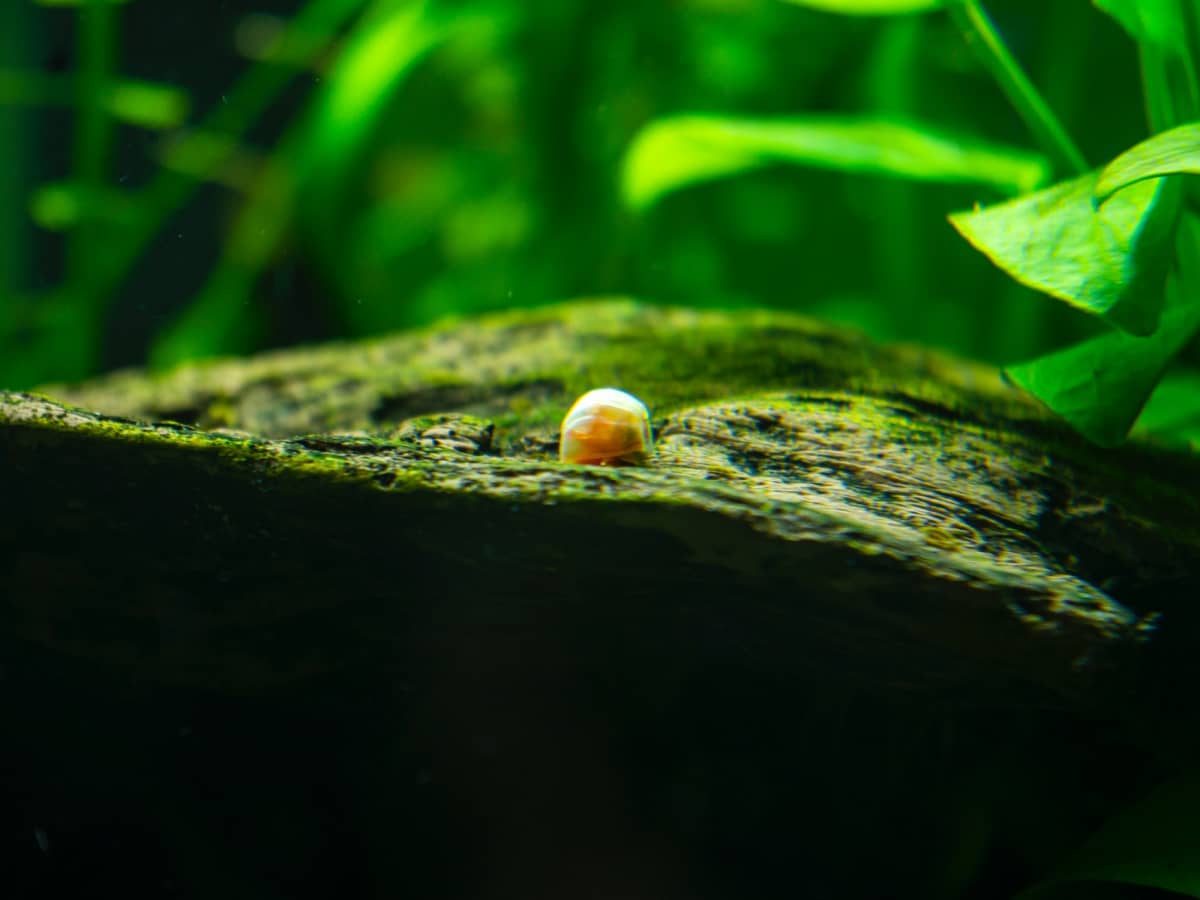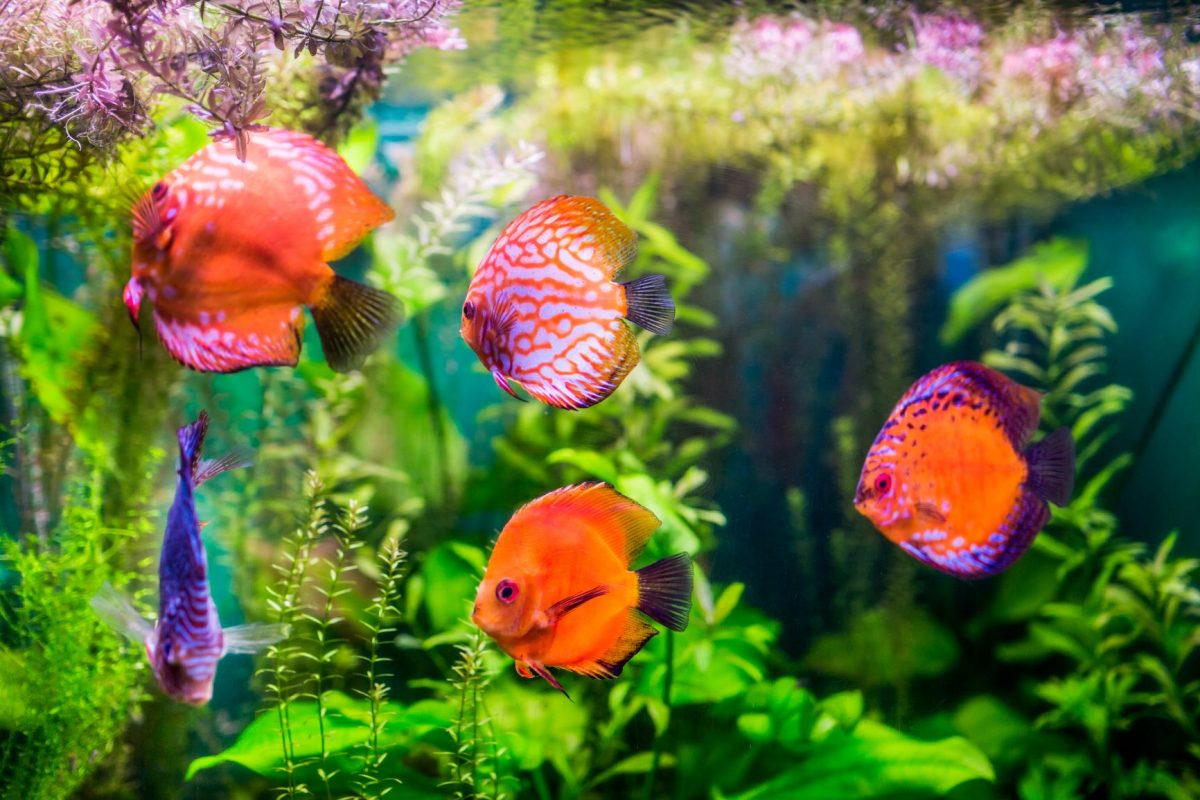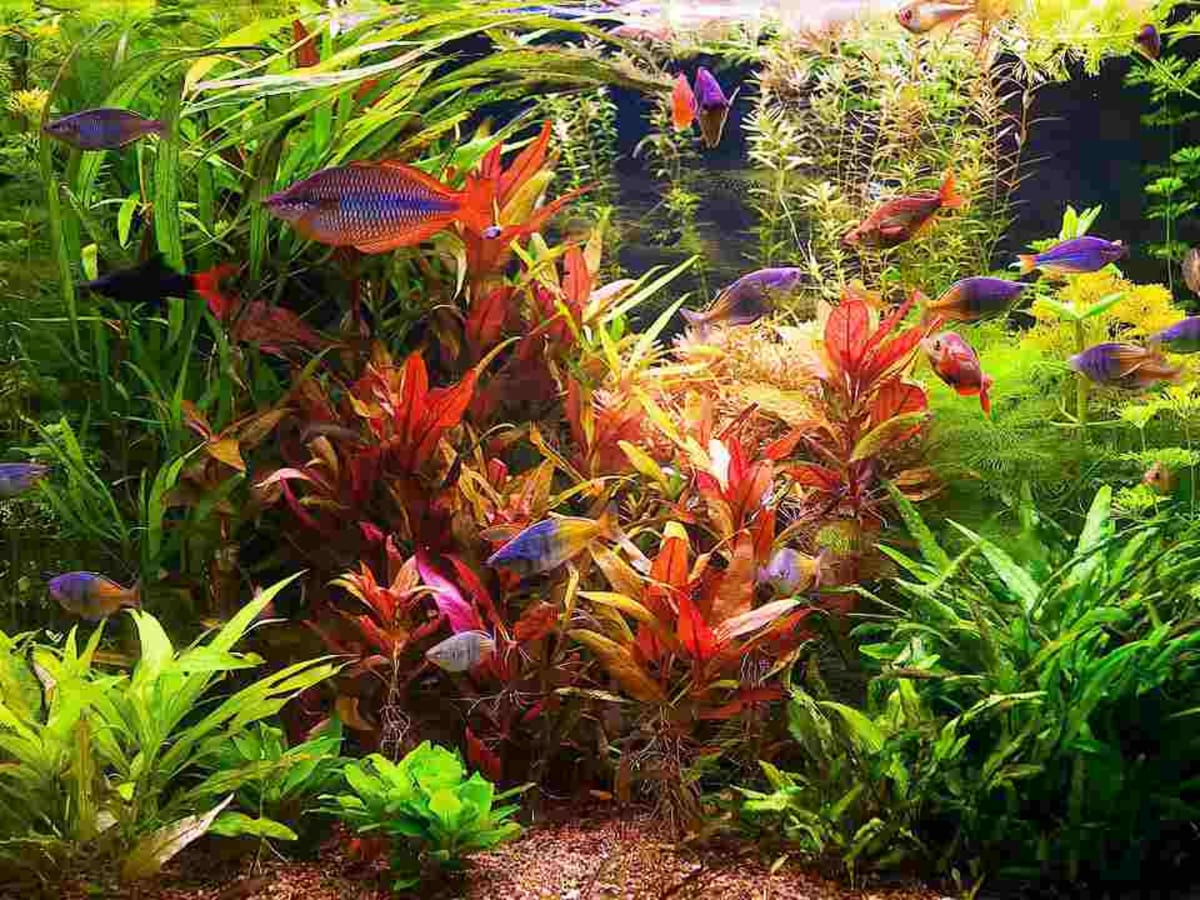Understanding Algae and Their Role in Aquatic Ecosystems
Algae are a natural part of aquatic ecosystems, including fish tanks. They serve as food for some aquatic organisms and contribute to the oxygenation of water through photosynthesis. However, excessive algae growth can be detrimental, leading to unsightly aquariums, poor water quality, and competition for nutrients with your plants. Understanding the types of algae commonly found in fish tanks—such as green algae, blue-green algae (cyanobacteria), brown algae (diatoms), and red algae (rhodophyta)—is crucial. Each type has different characteristics and thrives under varying conditions, from light intensity to nutrient availability. Identifying the specific type of algae present in your tank is the first step toward effective management.

Maintaining Proper Lighting Conditions
Lighting plays a significant role in algae growth. Algae thrive on light, and too much of it can lead to rapid proliferation. Fish tanks should receive no more than 8-10 hours of light per day, depending on the species of fish and plants you have. Using a timer can help regulate the lighting schedule, ensuring that your tank doesn’t receive excessive light. Additionally, consider the type of lighting you’re using. High-intensity lights can encourage algae growth, so choosing bulbs that support plant growth without promoting algae is essential. Positioning your tank away from direct sunlight can also prevent the overgrowth of algae by limiting natural light exposure.
Managing Nutrient Levels
Nutrients like nitrates and phosphates are critical for both plant and algae growth. Excessive nutrients often lead to algae blooms. Regular water testing helps you monitor these levels, allowing you to take corrective actions before they become problematic. Performing routine water changes—about 10-20% weekly—can significantly reduce nutrient buildup. Overfeeding your fish can also elevate nutrient levels, as uneaten food decomposes and releases nitrates and phosphates. Feeding your fish sparingly and removing any leftover food can mitigate this issue. Additionally, using high-quality fish food with lower phosphate content can make a noticeable difference in preventing algae proliferation.

Introducing Algae-Eating Species
Incorporating algae-eating fish, invertebrates, and snails into your aquarium can be an effective biological control method. Species such as Siamese algae eaters, otocinclus catfish, and certain plecos are known for their ability to consume various types of algae. Invertebrates like amano shrimp and nerite snails can also help keep algae levels in check. When selecting algae eaters, it’s important to ensure they are compatible with your existing fish and tank conditions. While these creatures won’t eliminate algae entirely, they can significantly reduce its presence, making it easier for you to manage through other means.
Utilizing Chemical Algae Control
Chemical treatments can offer a quick solution to severe algae problems, but they should be used with caution. Algaecides can eliminate algae rapidly, but they may also affect other aquatic life and disrupt the balance of your tank’s ecosystem. It’s crucial to follow the manufacturer’s instructions precisely and to use these products as a last resort rather than a primary method of control. Chemical treatments can also lead to dead algae, which can decompose and further contribute to nutrient buildup if not removed promptly. Thus, after using algaecides, performing water changes and removing dead algae manually is recommended to maintain water quality.

Enhancing Filtration Systems
A robust filtration system is vital for maintaining clean water and controlling algae growth. Filters not only remove physical debris but also help manage chemical components like ammonia, nitrites, and nitrates. Upgrading to a filter with a higher flow rate or adding additional filtration media designed to target specific contaminants can improve your tank’s overall health. Biological filters, which host beneficial bacteria, can help break down organic waste that contributes to nutrient accumulation. Regular maintenance of your filtration system, including cleaning and replacing media as needed, ensures optimal performance and prevents the conditions that favor algae growth.
Encouraging Plant Growth
Live plants compete with algae for the same nutrients, and healthy plant growth can naturally reduce algae levels. Fast-growing plants, such as hornwort, water wisteria, and duckweed, can absorb excess nutrients more efficiently than slower-growing species. Ensuring your plants receive adequate lighting, CO2, and nutrients through proper fertilization can help them outcompete algae. Additionally, pruning and removing any decaying plant matter prevents it from decomposing and contributing to nutrient buildup. By fostering a thriving plant environment, you create a more balanced ecosystem where algae struggle to dominate due to limited available resources.

Monitoring Water Parameters
Regularly testing your water parameters helps you catch potential issues before they escalate. Key parameters to monitor include pH, ammonia, nitrites, nitrates, and phosphates. Keeping these within ideal ranges prevents the conditions that algae thrive in. For instance, high nitrate and phosphate levels are common contraibutors to algae blooms. Investing in a reliable water testing kit allows you to perform these tests at home easily. Recording your results over time can help you identify trends and make informed adjustments to your maintenance routine. By staying vigilant about water quality, you can effectively prevent and control algae growth in your aquarium.
Utilizing UV Sterilizers
UV sterilizers can be an effective tool in controlling free-floating algae, which cause green water. These devices use ultraviolet light to kill algae spores as water passes through them, preventing algae from blooming. While UV sterilizers won’t address algae growing on surfaces, they can significantly improve water clarity and reduce the overall algae load in your tank. Installing a UV sterilizer is relatively straightforward, and it can be used in conjunction with other filtration methods. Regular maintenance, such as cleaning the UV bulb and replacing it as needed, ensures the device remains effective over time.

Addressing the Root Causes
Ultimately, controlling algae in your fish tank requires addressing the root causes rather than just treating the symptoms. This involves understanding the balance between light, nutrients, and biological factors within your tank. A holistic approach that includes proper lighting, nutrient management, regular maintenance, and the use of natural predators creates a sustainable environment where algae are less likely to thrive. Patience and consistency are key, as it may take time to see significant improvements. By focusing on creating a healthy and balanced ecosystem, you can enjoy a beautiful, algae-free fish tank in the long term.










